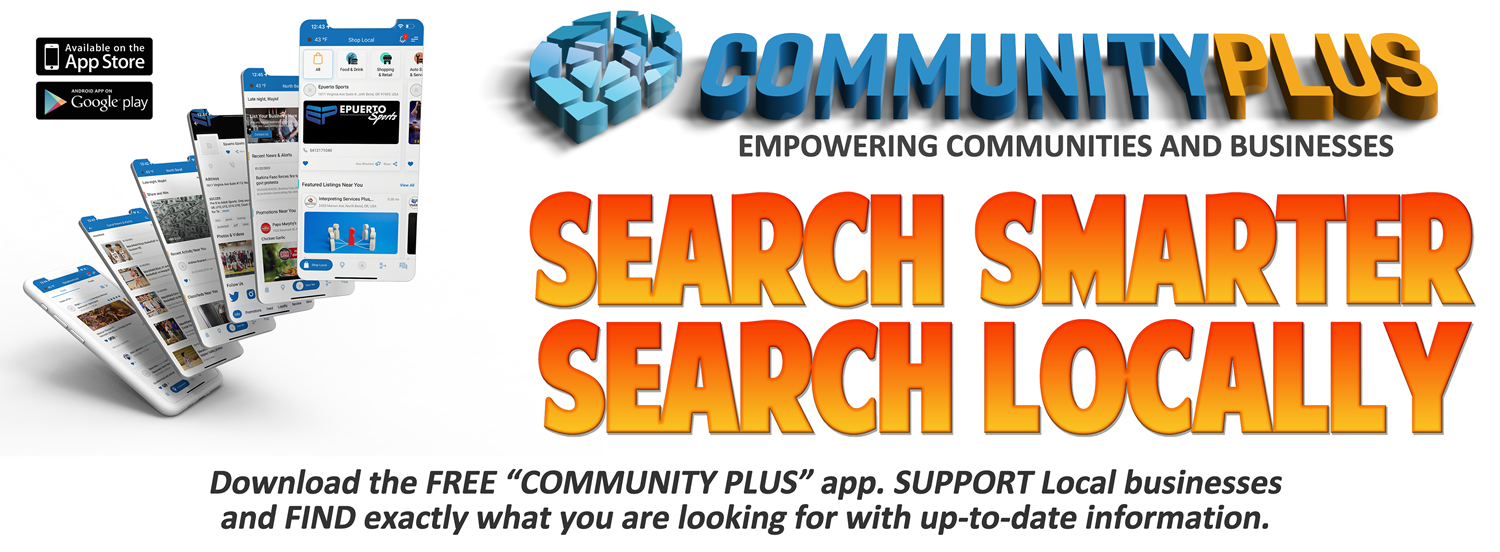Summer boating may be over but the Fall salmon runs are bringing boaters from all over the state to fish Oregon’s bays and rivers, creating a great deal of congestion and some angst at many of the coastal ramps. Boat ramp traffic jams can be eased if everyone practices courtesy and knows the proper etiquette at the boat ramp. And once your boat is underway, it’s important to remember the proximity rules for speed and wake to avoid agitating other boaters. The Oregon State Marine Board wants to remind boaters to practice the following protocols for a smoother and more enjoyable experience: Courtesy: • Use the staging area to transfer all equipment and supplies into the boat before maneuvering down the launch ramp. • It’s best to launch and retrieve with another person, so one can stay with the boat and the other can park the vehicle and trailer. • Never block a ramp with an unattended boat or vehicle. Move the boat away from the launch area immediately after launching. Return briefly to the boarding float to pick up the vehicle driver once they have parked the vehicle. Launching: • Remove all tie-down straps before backing down the ramp but leave the trailer winch line securely attached to the boat. • Back the trailer and boat far enough into the water so the lower engine unit can be lowered and submerged while the boat is still on the trailer. Set the parking brake on the towing vehicle as a safety precaution. Have someone lower the engine or outdrive, run the blower, and start the engine. If you have engine trouble, you can easily retrieve the boat and trailer out of the water. • Once the engine is warmed up, back the trailer further into the water until the boat floats. Undo the winch line, put the boat’s engine into reverse, and slowly back off the trailer. Use the bow line to maneuver the boat down the boarding float so another boat can launch. Retrieving: • Back the trailer into the water so that two-thirds of the rollers or bunks are submerged in the water. Set the parking brake of the towing vehicle or put it in park. • Move the boat onto the trailer far enough to attach the winch line to the bow eye of the boat and crank the winch. It is NOT recommended to load the boat using engine power because this damages the toe of the boat ramp by creating a hole that car tires and trailers can get stuck in, and it’s expensive to repair. • Shut off the engine, raise the engine or outdrive, and off you go. “It’s a common occurrence to finally be underway after experiencing stress at the boat ramp, only to find more congestion where you want to be crabbing or fishing,” says Ashley Massey, Public Information Officer for the Marine Board. “It’s important to remember the basic proximity rule, which is to operate at a slow –no wake speed within 200 feet of a boat ramp, marina or moorage, a floating home moorage, or people working at water level. This rule also applies to courtesy with other boats or structures. In a congested area, slow down to avoid making a wake. Once the water opens up, then it’s alright to increase speed to get to your destination,” Massey adds. This information is covered in the Boat Oregon –A Course on Responsible Boating, which is a state approved classroom course offered by volunteer Instructors with the Marine Board. Currently there are over 300,000 Oregon boaters who have their mandatory boater education card, which must be carried when operating a boat over 10 horsepower. The card is proof that the operator has taken an approved boating safety course. With so many great reasons to hit the water this fall, it’s important for boaters to practice what they’ve learned with launching, retrieving and obeying the proximity rules, so everyone can enjoy Oregon’s waterways. For more details about launching and retrieving with an instructional video, visit www.oregon.gov/OSMB/Pages/admin/RampRules.aspx.
Search

